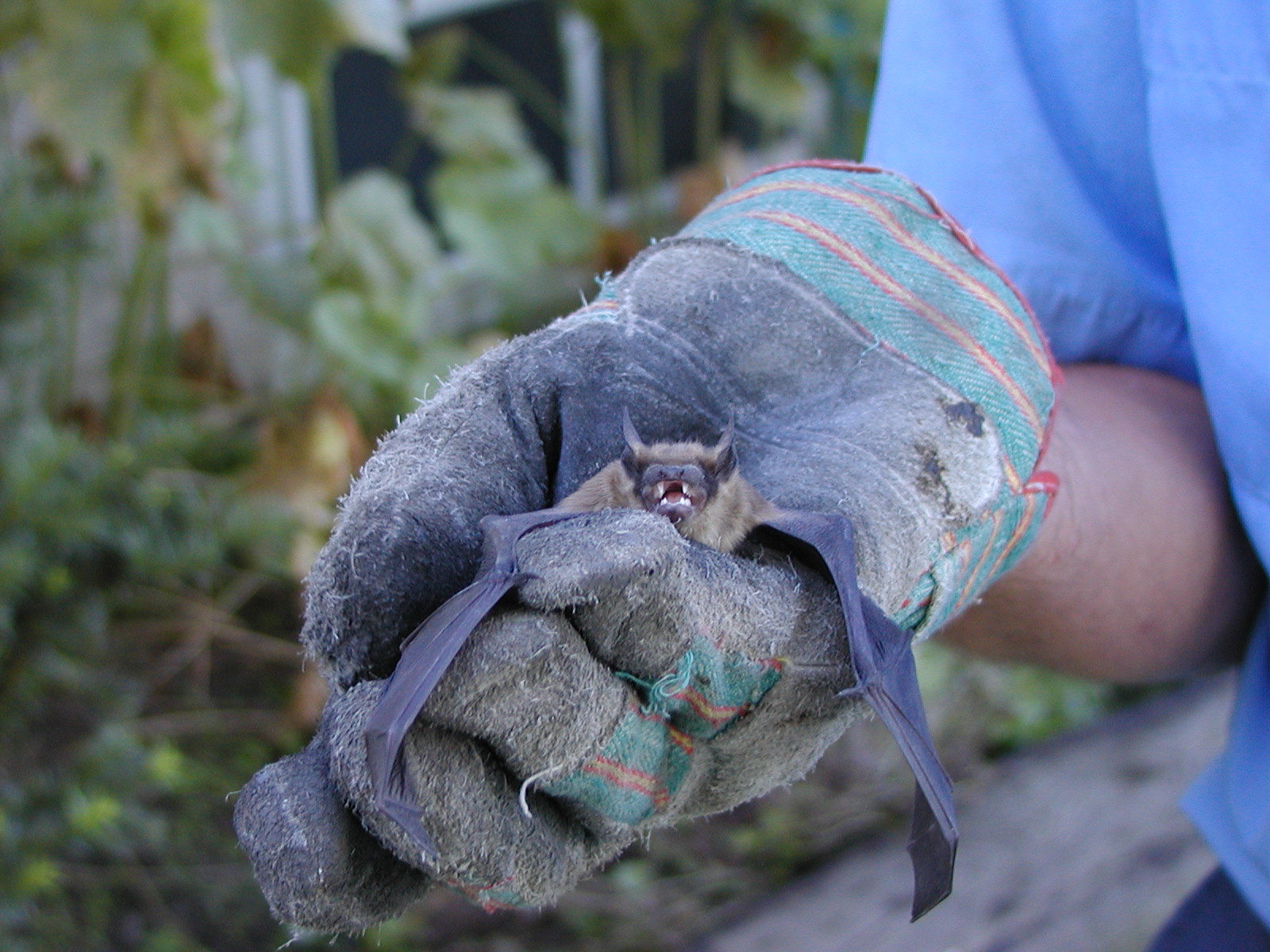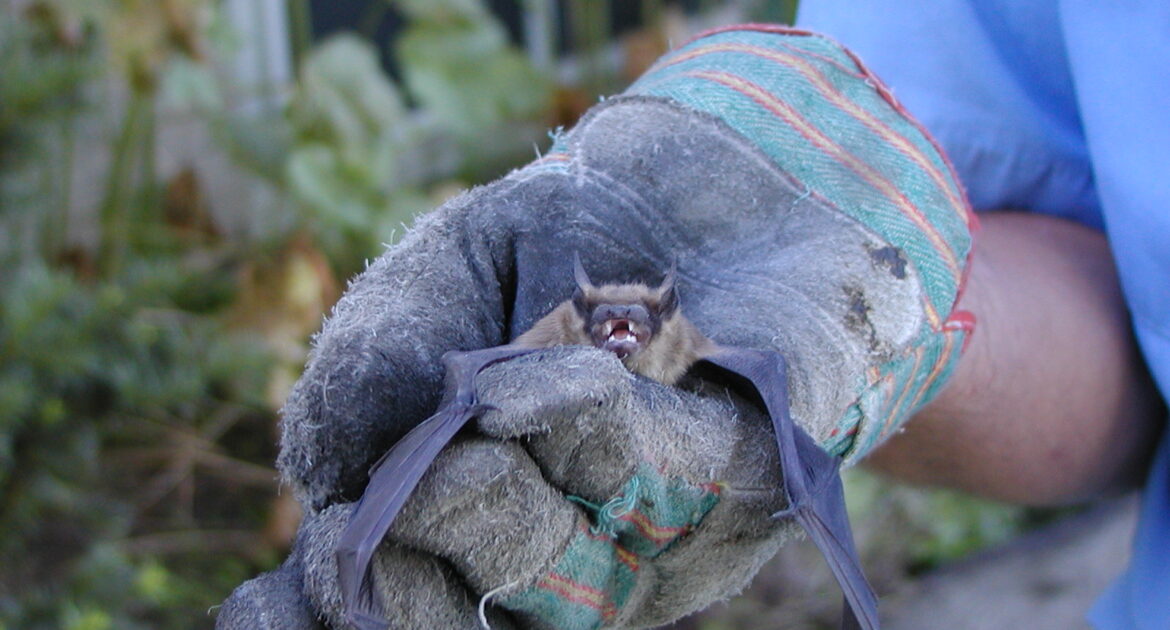Bats have the distinction of being the only mammal that can fly, but they are also frequently misunderstood, feared, and even vilified. Bats are fascinating creatures that do not deserve a bad rep. They serve essential functions in environments across the globe; yet nearly a fifth of all bat species are considered critically endangered, endangered, or vulnerable.
Bats need our protection, and it is illegal to harm or kill a bat, even when it is in your home. If you discover or suspect you have one bat or a whole colony in your house, contact experts who are trained in humane bat removal. Bats can be a threat to human health, so removal is essential. However, it is critical to keep them safe in the process because bat populations around the world are facing multiple threats to survival.
Why Are Bats in Trouble?
Bats live in a variety of habitats and most countries. The only locations where you won’t find any bat species are Antarctica, the Arctic, and a few islands in Oceana. Though widespread, they are in trouble. Their biggest threats include:
- Habitat loss
- Climate change
- White-nose syndrome
- Wind farms
In addition, the bushmeat trade, mining, and human persecution also play a role.
Habitat Loss
Different bat species live in different types of ecosystems, but many can be found in caves, forests, and mines. The places that bats prefer are diminishing either in size or quality. Deforestation is a common cause of habitat destruction. As forests are cleared for timber, agriculture, or urbanization, the bats that called the forest home lose the habitat they rely on to survive. Environmental degradation and fragmentation are two other sources of habitat loss.
Climate Change
Climate change is a major global issue threatening the survival of plants and animals worldwide. For bats, climate change can lead to detrimental changes in food availability and their annual life cycles. Fluctuations in seasonal temperature patterns can cause hibernating bats to leave the roost too soon and migrating bats to move too early or too late.
White-Nose Syndrome
Next to habitat loss and climate change, white-nose syndrome is the biggest threat bats in North America face. This disease affects cave-dwelling bats that hibernate. It is a deadly fungus that was discovered in New York in 2006. Since then, it has killed an estimated almost 7 million bats in North America, decimating entire populations in some areas. Recent research found that the disease has killed over 90% of the little brown bat, the tri-colored bat, and the northern long-eared bat.
Wind Farms
An ironic and sad twist in our efforts to slow climate change using alternative energy comes in the impacts wind farms have on bats. Wind turbines seem to cause a high number of bat fatalities, primarily in tree-dwelling bats during the autumn and spring migration periods. Scientists aren’t entirely certain why the bats are dying at wind turbine sites, but it could be from collisions with the blades or because the bats mistake the turbines for trees.
Why Is Saving Bats Important?
Bats are critical for maintaining ecosystem health in environments around the world. They are important pollinators and seed dispersers for multiple plant species. Farmers rely on them to pollinate crops like avocados, bananas, peaches, figs, cashews, and dates.
In the U.S., all of our bats are insectivores. Many people know that they eat mosquitoes. They also eat other insects, such as leafhoppers, moths, and beetles. These insects are detrimental to crops, and bats help keep their numbers under control.
Who Can Help With Humane Wildlife Control in Madison?
Skedaddle’s approach to bat control is to safely and humanely remove them so that they can continue living their bat lives, contributing to Earth’s rich biodiversity, keeping ecosystems healthy, and providing critical help to humans. When you need help with bat removal, contact the experts at Skedaddle Humane Wildlife Control in Madison.




